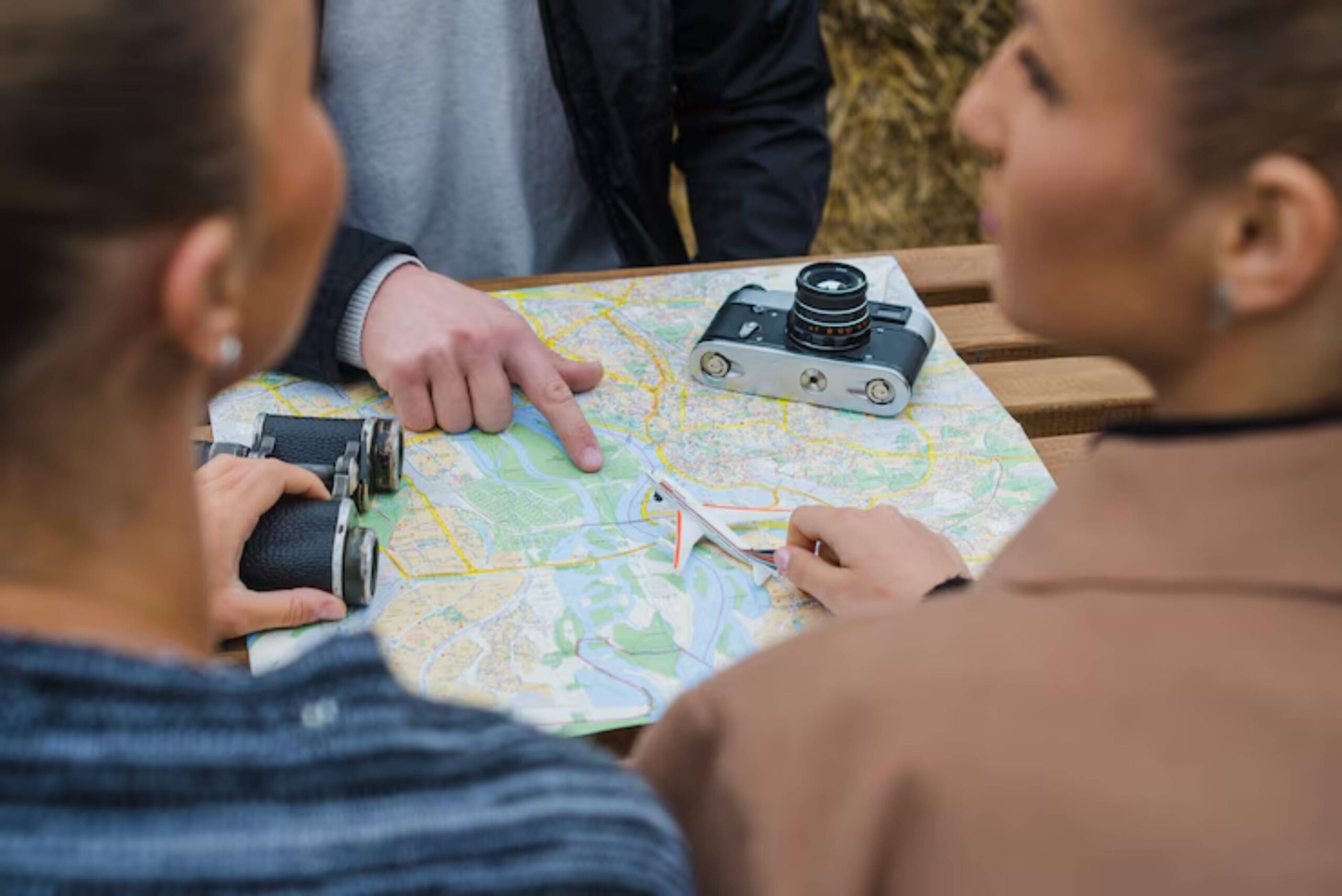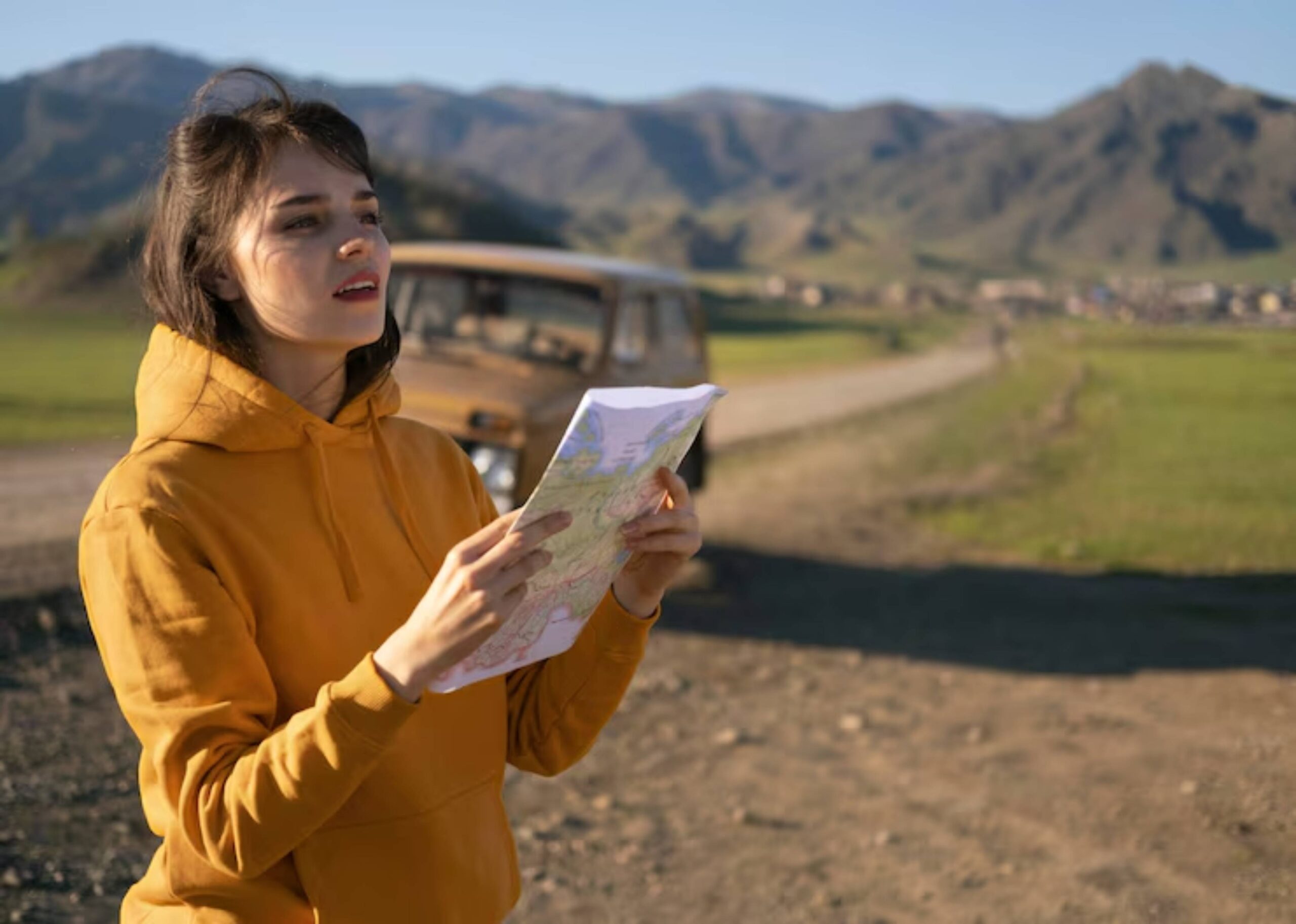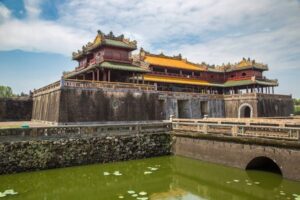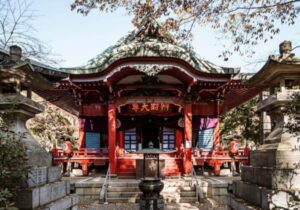The Travel Blog

How to Document Your Journey Through Asia’s Hidden Corners
Turning Every Step Into a Story
There’s something magical about stumbling upon a lantern-lit alley in Hoi An or sipping chai with a mountain shepherd in Himachal. These moments deserve more than just a quick Instagram snap. They deserve a story.
In a world saturated with glossy travel content, documenting your journey through Asia’s hidden corners is about capturing real voices, raw landscapes, and intimate human connection. Whether you’re a budding blogger or a passionate storyteller, this guide will show you how to craft narratives that resonate beyond likes and filters.
Understanding the Core: Why Storytelling Matters in Offbeat Travel

Travel blogging isn’t just about places—it’s about people, feelings, and transformation. And in less-travelled parts of Asia, your words and images can do more than inform; they can inspire and preserve disappearing cultures.
Research from the Asian Cultural Heritage Observatory shows that digital storytelling plays a growing role in raising awareness of lesser-known traditions and promoting responsible tourism.
So, whether you’re documenting your first homestay in a Thai village or recounting a tea ceremony in rural Japan, your voice matters. It bridges cultures, honours communities, and adds depth to the travel narrative.
Quick Guide: Key Steps to Capturing Local Stories Effectively

| Step | Action | Purpose |
| 1 | Define your storytelling goals | Gives clarity and focus |
| 2 | Choose the right format (blog, vlog, photo journal) | Matches your strength and style |
| 3 | Engage deeply with locals | Builds authentic content |
| 4 | Journal daily | Captures details while fresh |
| 5 | Edit with integrity and empathy | Ensures accuracy and respect |
Step-by-Step Guide: How to Practise Travel Storytelling in Asia

1. Define Your Narrative Intention
Ask yourself:
- Who is your audience? (Adventurers? Cultural explorers? Digital nomads?)
- What story are you telling? (Personal growth, cultural exchange, food trail?)
- Why does it matter?
Your “why” is your compass. It helps you decide what to include—and what to leave out.
2. Choose Your Medium Wisely
Not everyone needs to be a videographer or a novelist. Choose what feels natural:
- Blogging for reflective stories and practical insights
- Vlogging for visual journeys and personalities
- Photo essays for emotional resonance
- Voice recordings or mini-podcasts for interviews and sounds of place
Secret Tip : Use apps like Notion, Day One, or Google Keep to track story ideas.
3. Immerse Yourself in the Moment First
Put the camera or notebook down initially. Spend time:
- Observing rituals without interrupting
- Listening to local stories
- Participating in everyday life
Anecdote : In rural Laos, I spent three days with a weaver before I ever wrote about her. What I learned went far beyond fabric—it was about heritage, struggle, and joy.
4. Journal Daily—Even If It’s Just Bullet Points
Key things to note:
- Names and spellings
- Emotions you felt
- Sounds, smells, and colours
- Local sayings or idioms
- Funny or awkward moments
Pro Tip : Write in the present tense—it helps relive the moment later when writing.
5. Capture with Intention, Not Interruption
Photos and videos should:
- Respect cultural norms (ask before photographing people or temples)
- Showcase details (hands weaving baskets, incense curling in shrines)
- Tell a sequence (before, during, after)
Think storyboards : What image opens your tale? What closes it?
6. Edit for Truth and Respect
- Use real quotes and avoid exaggeration
- Don’t romanticise poverty or hardship
- Get consent for personal stories
- Credit your sources (and your subjects, if appropriate)
Important : Stories are not yours to “take.” They’re shared with you. Treat them with care.
Important Things to Remember
Use Local Language Phrases
Even dropping in “sawasdee ka” (Thai for hello) or “arigatou” (thank you in Japanese) in your blog shows cultural respect and brings texture.
Balance Facts and Feelings
Blend practical travel advice (e.g. how to reach a remote temple) with emotional insights (“I felt small and awed under the banyan tree”).
Tag with Ethics in Mind
Avoid geo-tagging fragile or sacred places that can be damaged by exposure.
Best Practices & Additional Insights
- Read travel writing by regional authors—you’ll absorb voice and rhythm
- Stay longer in one place to gain depth, not breadth
- Ask locals to fact-check sensitive details before publishing
- Offer your blog or photos as a gift—printed versions mean a lot in places with limited digital access
Make sure to read: How to Travel Responsibly in Fragile Ecosystems Across Asia
FAQs for Documenting Your Asian Journey
Do you need professional gear to blog while travelling?
Not at all. A smartphone, basic tripod, and natural light are enough for powerful storytelling—it’s the content that counts.
How can you ensure my writing doesn’t sound like a cliché travel diary?
Focus on small moments, specific details, and local voices. Avoid overused words like “authentic” or “life-changing.”
Is it okay to write about spiritual or religious events?
Yes—if done respectfully. Always ask permission and avoid intrusive commentary. Observe more, judge less.
Can you earn money from documenting my travels?
Yes—through affiliate links, guest posts, or freelance travel features. But remember: impact before income if your storytelling aims to uplift hidden communities.
How do you ask for consent before taking someone’s photo?
Use simple gestures like pointing to your camera and waiting for a nod, or say “Okay photo?” while smiling. Always respect a no.
What if you want to share a difficult or emotional story?
Handle it with empathy. Focus on the person’s strength or context, and avoid sensationalism or pity-driven language.
Can you share your travel stories if you’re not a writer?
Absolutely. Use voice notes, videos, sketches, or photo captions—storytelling comes in many forms.
Should you publish the names and locations of the people you meet?
Only with permission. In sensitive cases, use pseudonyms or general descriptions to protect privacy.
Conclusion: Share Stories That Leave a Gentle Footprint
Travel storytelling isn’t just about where you went—it’s about what you noticed, who you met, and how it changed you. Asia’s hidden corners are waiting not just to be explored, but to be understood and shared with care.
So grab your journal, charge your camera, and take that first step—not just as a traveller, but as a witness.
Start documenting your journey now—and let your stories honour the places and people that shaped them. Check out How to Plan a Cultural Immersion Trip in Lesser-Known Asian Regions for your next trip.









